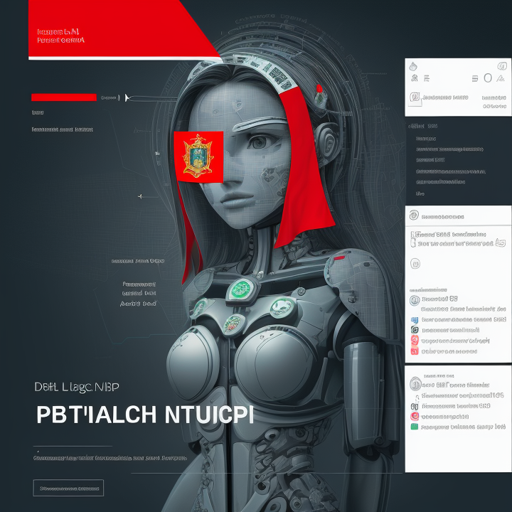In the realm of Natural Language Processing (NLP) in the legal domain, the Legal-BERT model serves as an important tool tailored to assist computer law applications and legal technology. This guide walks you through how to implement this powerful model using Python.
What is Legal-BERT?
The legal-bert-base-cased-ptbr is a specialized Language Model designed specifically for the legal domain in Portuguese. It’s built on the successful BERTimbau base model, utilizing a MASK objective to fill in legal text gaps with high accuracy. This model is pre-trained on a wide variety of Portuguese legal texts to help improve its performance in various legal NLP tasks.
Getting Started: Loading the Pretrained Model
To begin, you’ll first need to load the pre-trained model. The following steps will guide you through this process:
from transformers import AutoTokenizer, AutoModel
tokenizer = AutoTokenizer.from_pretrained("dominguesm/legal-bert-base-cased-ptbr")
model = AutoModel.from_pretrained("dominguesm/legal-bert-base-cased-ptbr")
# OR to use the fill-mask pipeline
from transformers import pipeline
pipe = pipeline("fill-mask", model="dominguesm/legal-bert-base-cased-ptbr")Explaining the Code – A Helpful Analogy
Think of loading your Legal-BERT model like assembling a recipe for a specialized cake. The ingredients (tokenizer and model) are necessary to create your cake (the NLP task). Just as you would need to ensure that the right type of flour and baking powder are used, in coding, you must import the correct modules from the transformers library. If you mix the wrong elements, your cake won’t rise, just as your model won’t function properly without the correct setup.
How to Use the Model
Once you have your model ready, you can start using it for various NLP tasks, especially for filling masked tokens in legal texts. Here’s how:
text = "De ordem, a Secretaria Judiciária do Supremo Tribunal Federal INTIMA a parte abaixo identificada, ou quem as suas vezes fizer, do inteiro teor do(a) despacho [MASK] presente nos autos."
predictions = pipe(text)
print(predictions)This code performs the task of predicting what word should fill in the MASK in the provided legal statement.
Training Results Overview
The training of the model involved:
- Number of examples: 353,435
- Number of epochs: 3
- Training loss: 0.6108
- Evaluation loss: 0.4725
- Perplexity: 1.6040
This information can help assess the model’s performance in generating legal text predictions.
Troubleshooting and Tips
While working with Legal-BERT, you might encounter some challenges. Here are a few troubleshooting ideas:
- Ensure that your Python environment has all the required libraries installed (such as transformers).
- If you encounter issues loading the model, check the path or spelling of the model name.
- For unexpected errors, try updating your
transformerslibrary to the latest version. - If your predictions do not seem accurate, consider fine-tuning the model on your own dataset for better performance.
For more insights, updates, or to collaborate on AI development projects, stay connected with fxis.ai.
Conclusion
At fxis.ai, we believe that such advancements are crucial for the future of AI, as they enable more comprehensive and effective solutions. Our team is continually exploring new methodologies to push the envelope in artificial intelligence, ensuring that our clients benefit from the latest technological innovations.

